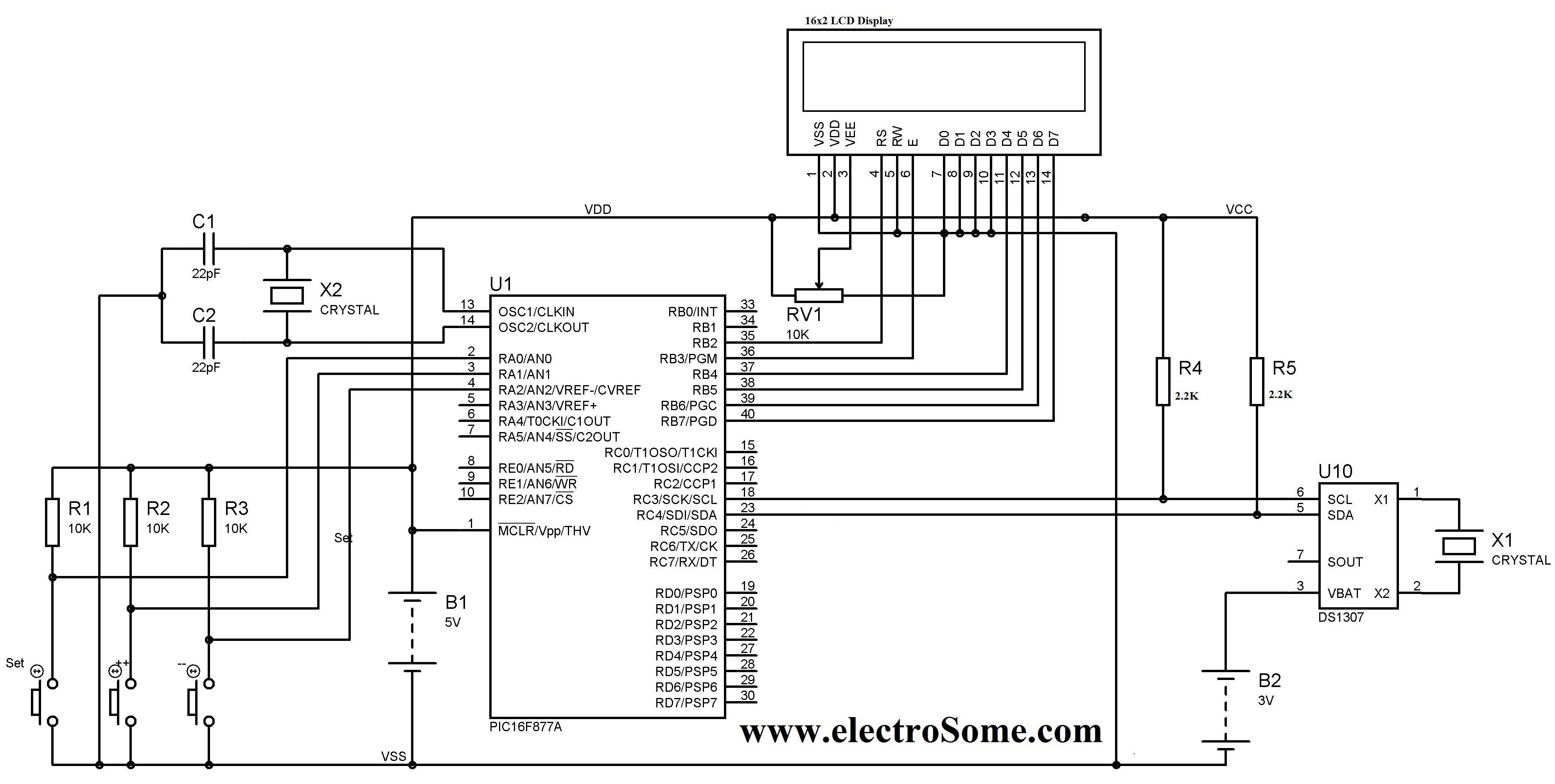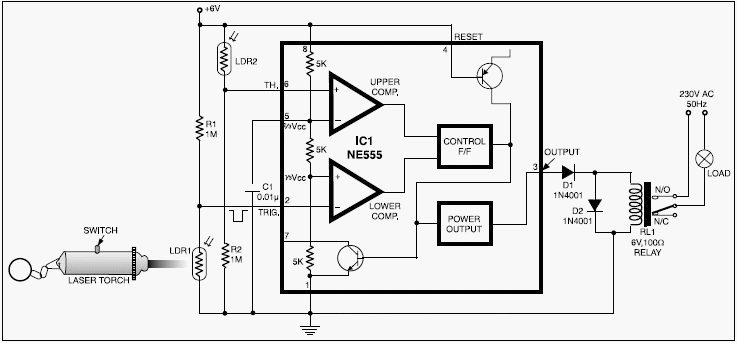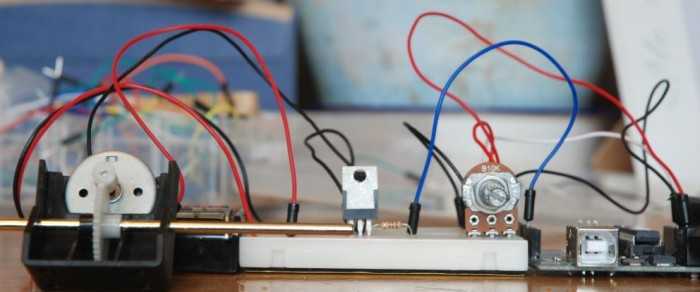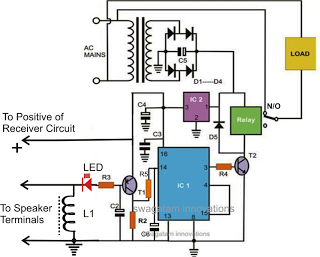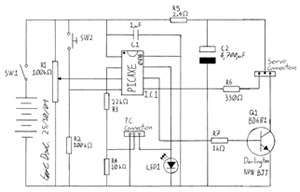
LM35 IC Thermal Control

LM35 IC Thermal Control Circuit Diagram. Features: The LM35DZ detects when the temperature exceeds a preset level and can be utilized in various applications.
The LM35 IC thermal control circuit is designed to monitor temperature and provide a corresponding output voltage that is linearly proportional to the Celsius temperature. The LM35DZ sensor is a precision temperature sensor capable of measuring temperatures from -55°C to 150°C. The output voltage from the LM35DZ increases by 10 mV for each degree Celsius rise in temperature, allowing for straightforward interfacing with analog-to-digital converters (ADCs) or microcontrollers.
The circuit typically includes the LM35DZ connected to a power supply, often 5V, with the output pin connected to an ADC input for digital processing. A resistor divider network may be employed to set a reference voltage to compare against the LM35 output to determine when the temperature exceeds a specified threshold. This setup can trigger an alert, activate a cooling fan, or engage a heating element, depending on the application.
Additional components often integrated into the circuit include capacitors for noise filtering and stability, as well as operational amplifiers for signal conditioning if higher precision is required. The design may also feature hysteresis to prevent rapid on-off cycling around the threshold temperature, enhancing the reliability of the thermal control system.
This LM35 thermal control circuit is widely applicable in HVAC systems, automotive temperature monitoring, and various industrial processes where temperature regulation is critical. Proper layout and component selection are essential for ensuring accuracy and responsiveness of the temperature control system.Description: LM35 IC Thermal Control Circuit Diagram. Features: LM35DZ detect when the temperature is higher than the preset level, can be used in .. 🔗 External reference
The LM35 IC thermal control circuit is designed to monitor temperature and provide a corresponding output voltage that is linearly proportional to the Celsius temperature. The LM35DZ sensor is a precision temperature sensor capable of measuring temperatures from -55°C to 150°C. The output voltage from the LM35DZ increases by 10 mV for each degree Celsius rise in temperature, allowing for straightforward interfacing with analog-to-digital converters (ADCs) or microcontrollers.
The circuit typically includes the LM35DZ connected to a power supply, often 5V, with the output pin connected to an ADC input for digital processing. A resistor divider network may be employed to set a reference voltage to compare against the LM35 output to determine when the temperature exceeds a specified threshold. This setup can trigger an alert, activate a cooling fan, or engage a heating element, depending on the application.
Additional components often integrated into the circuit include capacitors for noise filtering and stability, as well as operational amplifiers for signal conditioning if higher precision is required. The design may also feature hysteresis to prevent rapid on-off cycling around the threshold temperature, enhancing the reliability of the thermal control system.
This LM35 thermal control circuit is widely applicable in HVAC systems, automotive temperature monitoring, and various industrial processes where temperature regulation is critical. Proper layout and component selection are essential for ensuring accuracy and responsiveness of the temperature control system.Description: LM35 IC Thermal Control Circuit Diagram. Features: LM35DZ detect when the temperature is higher than the preset level, can be used in .. 🔗 External reference
